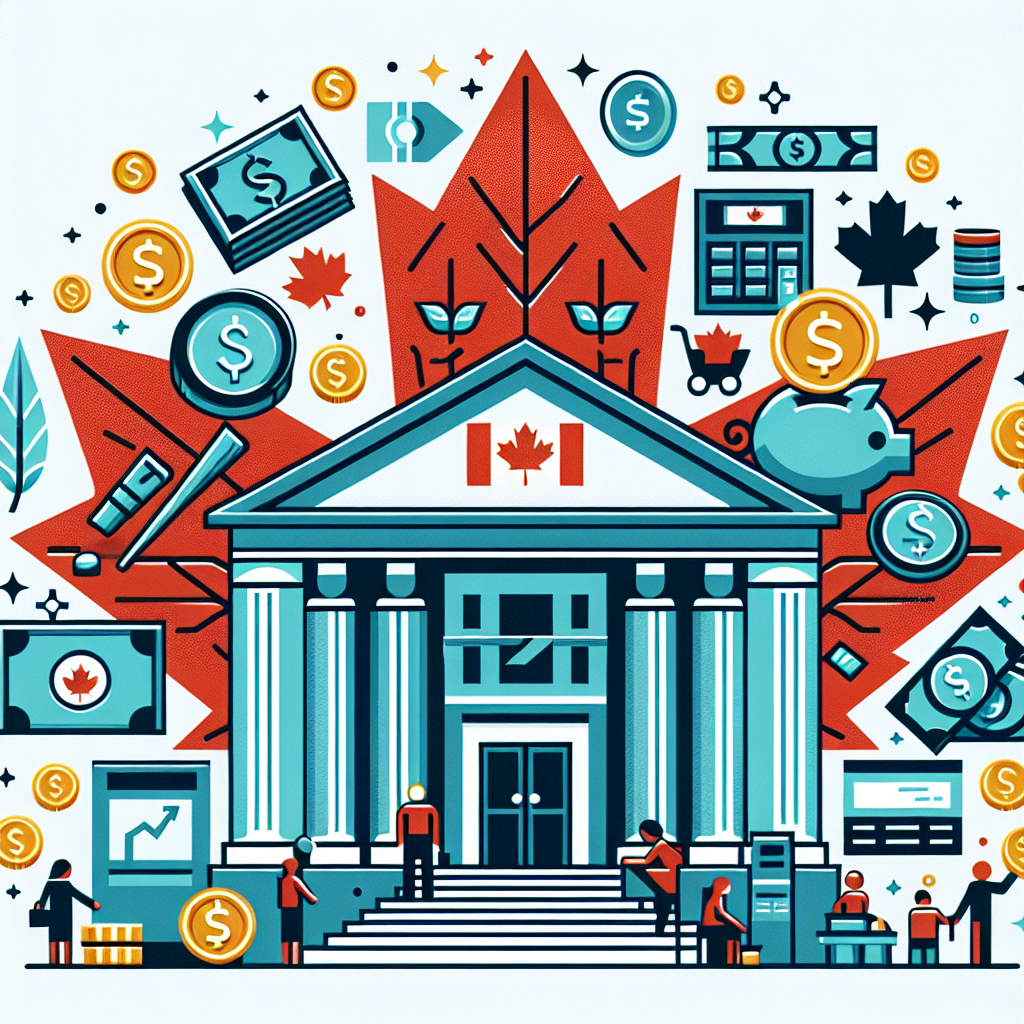Inflation and Trade: Navigating Economic Crossroads
Bank of Canada officials discussed the persistence of inflation due to trade impacts and held rates steady at 2.75%. They deliberated the influence of U.S. tariffs on inflation and the economy, acknowledging the challenges in tracking inflation from trade disruptions and the potential for future rate cuts.

Officials from the Bank of Canada expressed concerns over prolonged inflation due to ongoing trade disruptions and uncertainties, as revealed in a series of meeting minutes released recently. On June 4, the central bank maintained its key interest rate at 2.75%, emphasizing the need to scrutinize the effects of U.S. tariffs on the Canadian and global economy.
Despite a drop in Canada's annual inflation rate to 1.7% due to tax changes, core inflation indicators surpassed the Bank's target range, signaling firming inflation. Members noted that businesses are likely to pass increased costs from trade disruptions onto consumers, further complicating policy decisions.
The governing council is poised to monitor shifting inflationary pressures and weigh potential rate cuts if the economy weakens, despite the current challenges in predicting the direct impact of retaliatory trade tariffs. The potential persistence of inflation will be a crucial factor in future monetary policy decisions.
(With inputs from agencies.)
ALSO READ
Trump's Renewed Pressure on Powell: A Call for Lower Interest Rates
India-Pakistan Conflict: Negligible Economic Impact Says RBI Governor
ECB Slashes Interest Rates Amid Global Uncertainty
There is very little space now for monetary policy action in current circumstances, says RBI Governor.
Reserve Bank Implements Bold Cuts in June Monetary Policy










